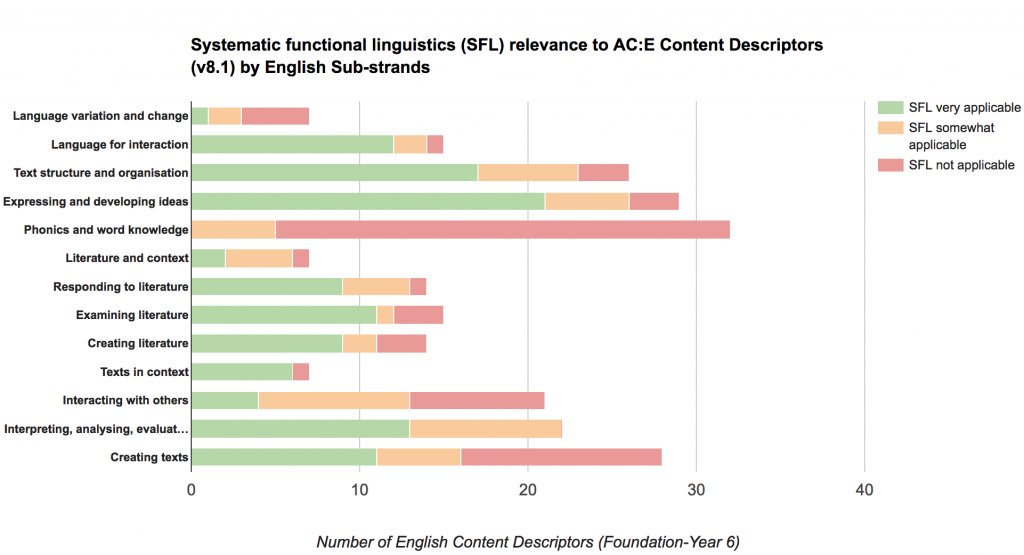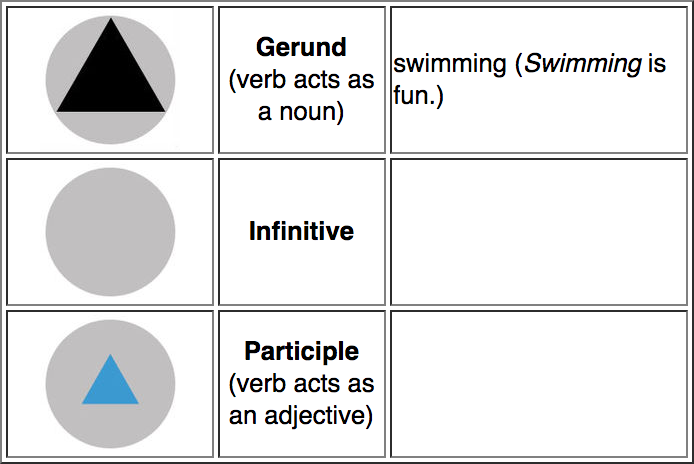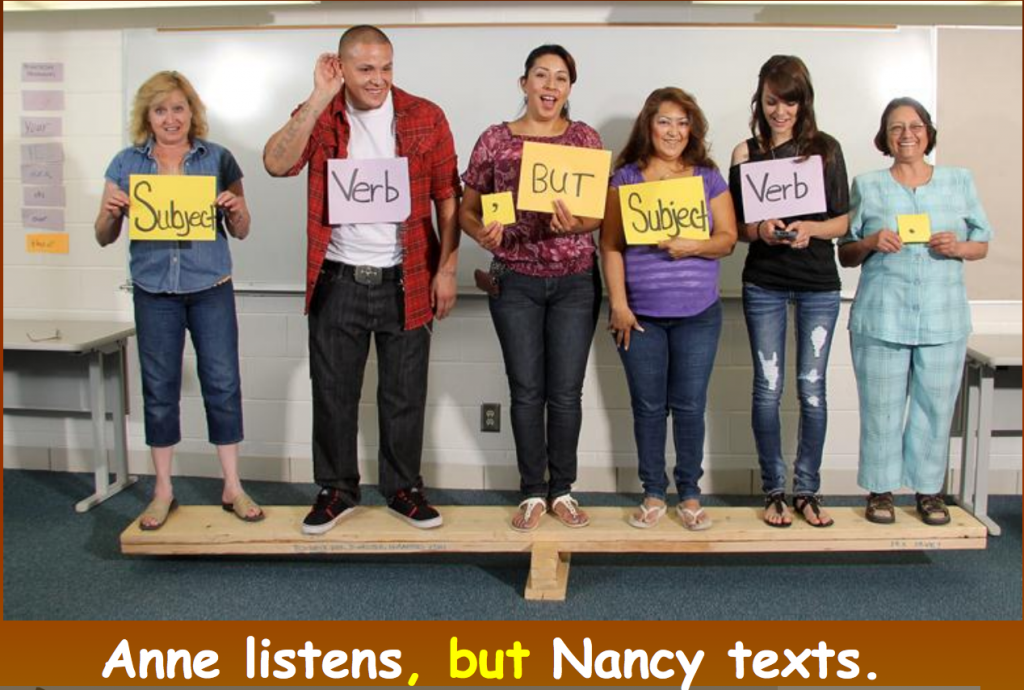The Australian Curriculum: English (AC:E) combines traditional Latin-based grammar with Systemic Functional Linguistics (SFL) theory. The syllabus-supporting material refers to traditional grammar as ‘standard grammatical terminology’, and to SFL as its ‘contextual framework’. Functional grammar is introduced across all three English strands Language, Literature and Literacy starting in the Foundation year. However, the curriculum language and terminology does not always make this explicit (Exley, 2016). This is because a conscious attempt was made to write content descriptors that ‘describe the knowledge, understanding, skills and processes that teachers are expected to teach and students are expected to learn’ in a metalanguage readily accessible to all teachers.
This post assesses the relevance of the functional model of language (SFL) across all 237 AC:E content descriptors for primary schools (Foundation to Year 6). The analysis is based on AC:E (v8.1) content descriptors and elaborations that are thematically grouped by year level, English strand and sub-strand by the Australian Curriculum, Assessment and Reporting Authority (ACARA). The ‘English: Sequence of content‘ document is annotated using three levels of SFL relevance:
- not applicable (red)
- somewhat applicable (orange)
- very applicable (green).
 Loading...
Loading...
Here are some examples for how SFL terminology has been translated in the Australian Curriculum (Derewianka, 2012; Exley, 2016):
The Register of language is described in the following words:
- Field – ‘topics at hand’
- Tenor – ‘relationships between the language users’
- Mode – ‘modalities or channels of communication’
Metafunctions of language are specifically addressed in the following Language sub-strands:
- “Expressing and developing ideas“ unpacks the functions of language, i.e. ideational, interpersonal and textual
- “Text structure and organisation“ unpacks the thematic structures of text, i.e. how to create coherent and cohesive texts
- “Language for interaction“ unpacks the ‘Mood system’ and ‘System of Appraisal’ of language (Martin & White, 2005), language functions that establish and maintain relationships, including expressing graduations in feelings, emotions, opinions and judgements (Tenor).
The examples for AC:E language relating to the ‘System of Appraisal’ analysing Attitude, Graduation and Engagement (Martin & White, 2005) are compiled by Beryl Exley (2016):
- ‘appreciating … the qualities of people’ (ACELA1462) – i.e. expressing ‘judgement’
- ‘evaluations of characters’ (ACELA1477) – i.e. expressing ‘judgement’
- ‘judgement about … events’ (ACELA1484) – i.e. expressing ‘appreciation’
- ‘exploring examples of language which demonstrate a range of … positions’ (ACELA1484)- i.e. expressing ‘appreciation’
- ‘feelings’ (ACELA1484, ACELA1518) – i.e. expressing ‘affect’
- ‘engages us emotionally’ (ACELT1606) – i.e. expressing ‘affect’ and ‘engagement’
- ‘empathy’ (ACELT1610, ACELY1698, ACELA1518) – i.e. expressing ‘affect’ and ‘engagement’
- ‘identifying the narrative voice’ (ACELT1610, ACELY1698) – i.e. expressing ‘focus’ and ‘engagement’
- ‘point/s of view’ and ‘viewpoints of others’ (ACELT1603, ACELT1609, ACELY1698, ACELA1518) – i.e. expressing ‘appreciation’
- ‘concern for their welfare’ (ACELA1518) – i.e. expressing ‘affect’
- ‘make connections between students’ own experiences and those of characters and events represented in texts’ (ACELT1613) – i.e. expressing ‘engagement’
- ‘attitudes we may develop towards characters’ (ACELT1613) – i.e. expressing ‘judgement’ and ‘engagement’
- ‘build emotional connection’ (ACELT1617) – i.e. expressing ‘affect’ and ‘engagement’
Statistical analysis of the 237 annotated AC:E primary school content descriptors (CD) highlights some interesting facts. Teaching and learning opportunities related to the functional model of language increase from Foundation (12 or 33% of all CD) to Year 6 (21 or 67% of all CD). Only half of all AC:E CD in the Foundation year have no links to SFL. This number is gradually reduced to just 13% in Year 6! A more detailed analysis of CD by English strand and sub-strands highlights that SFL teaching and learning is very applicable across all three strands: Language (47%), Literature (62%), and Literacy (44%). However, due to the large number of Language CD (49%), nearly half of all very applicable CD (47%) fall into the Language Strand.

Systematic functional linguistics relevance to Australian Curriculum (v8.1): English content descriptors

Systematic functional linguistics relevance to Australian Curriculum (v8.1): English content descriptors by English strand

Systematic functional linguistics relevance to Australian Curriculum (v8.1): English content descriptors by Sub-strands
The results suggest that SFL, in particular transitivity, system of appraisal, and genre writing approaches, plays a significant role in the teaching and learning of English at Australian primary schools. The functional model of language is particular important in the AC:E Language strand, most prominently in the sub-strands “Expressing and developing ideas“, “Text structure and organisation“, and “Language for interaction“. Beverly Derewianka (2012) explains that the new Language strand, designed to teach and learn specific knowledge about the English language, requires a robust, future-oriented, unifying model of language that can meaningfully link grammatical form with function from the level of discourse (genre) to individual phonemes. This is achieved through the introduction of SFL, as this functional model adequately describes how language is used in social contexts.
References:
- Derewianka, B. (2012). Knowledge about language in the Australian curriculum: English. Australian Journal of Language and Literacy, 35(2), 127-146.
- Exley, B. (2016). Secret squirrel stuff in the Australian curriculum English: The genesis of the ‘new’ grammar. Australian Journal of Language and Literacy, 39(1), 74.
- Martin, J.R. & White, P.R.R. (2005). The language of evaluation: Appraisal in English. London: Palgrave.
Very relevant AC:E content descriptors by year level:


















